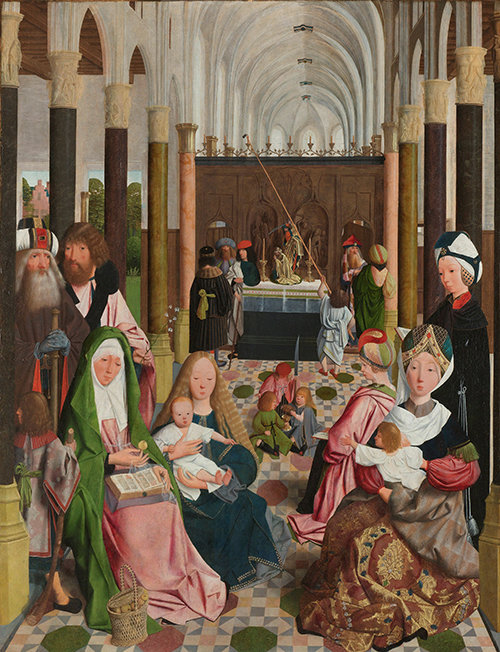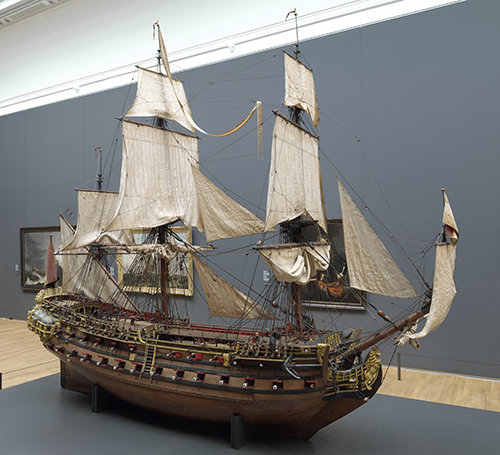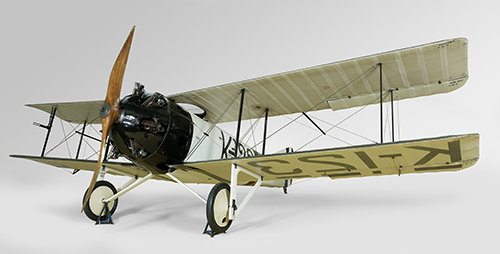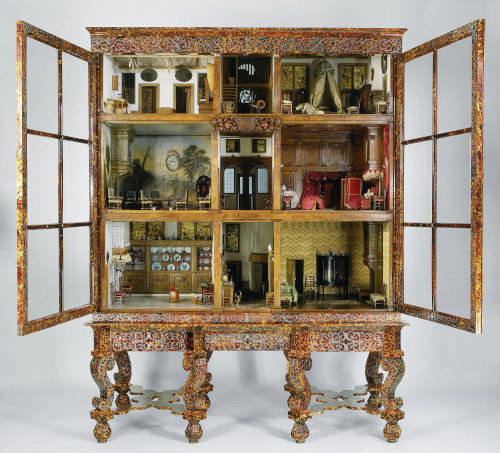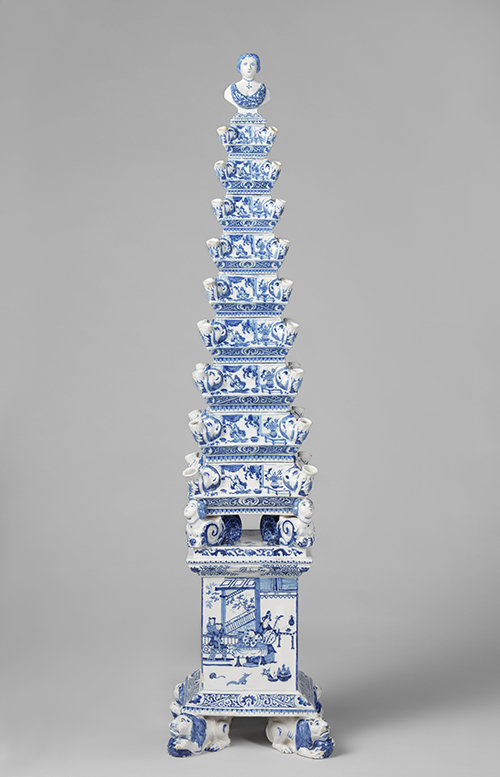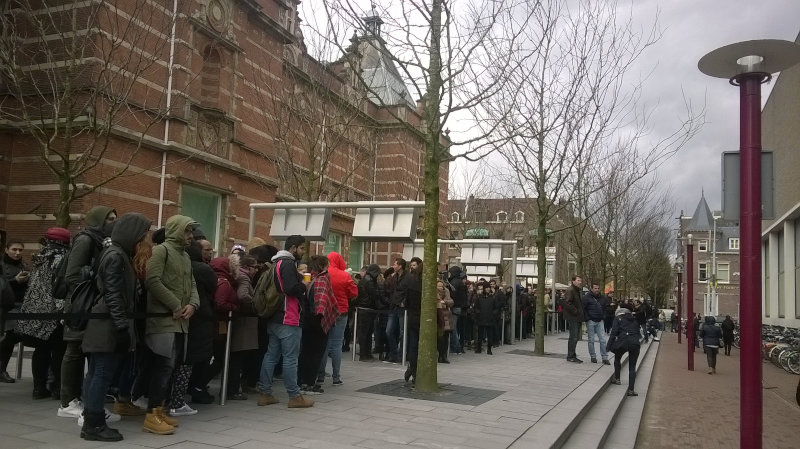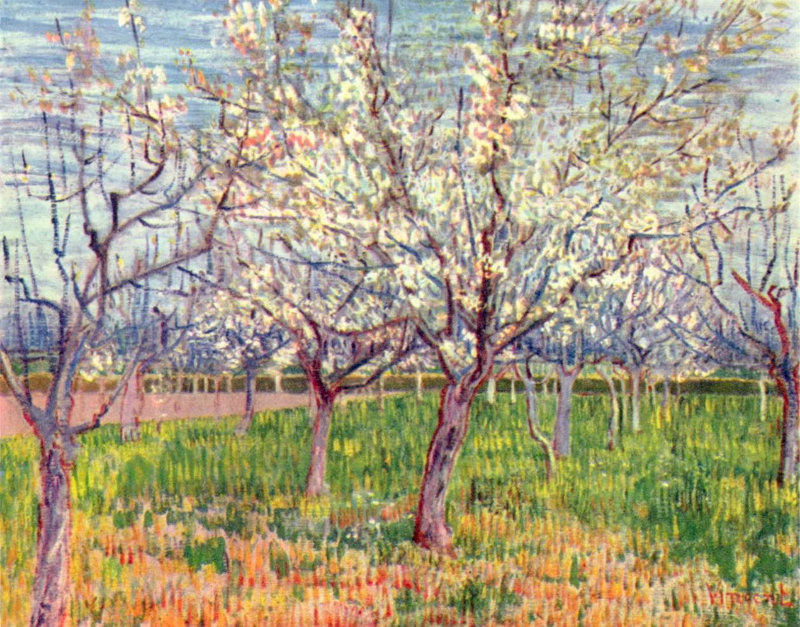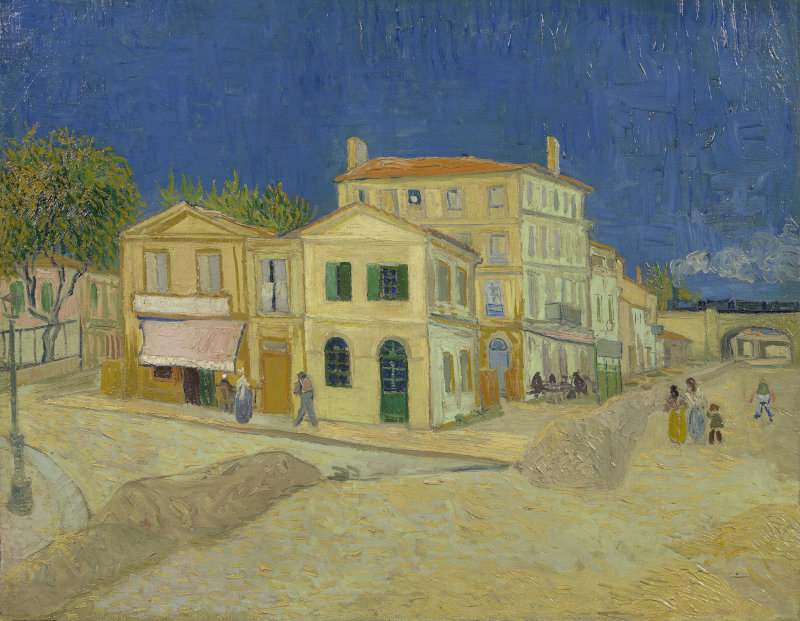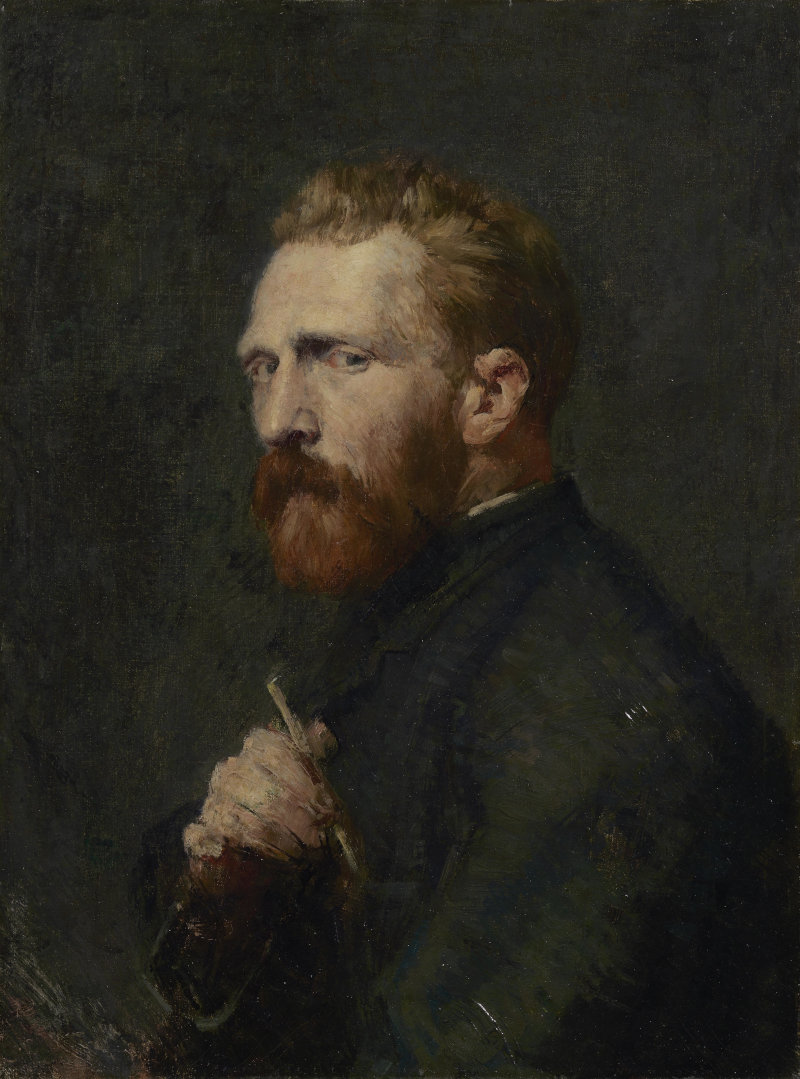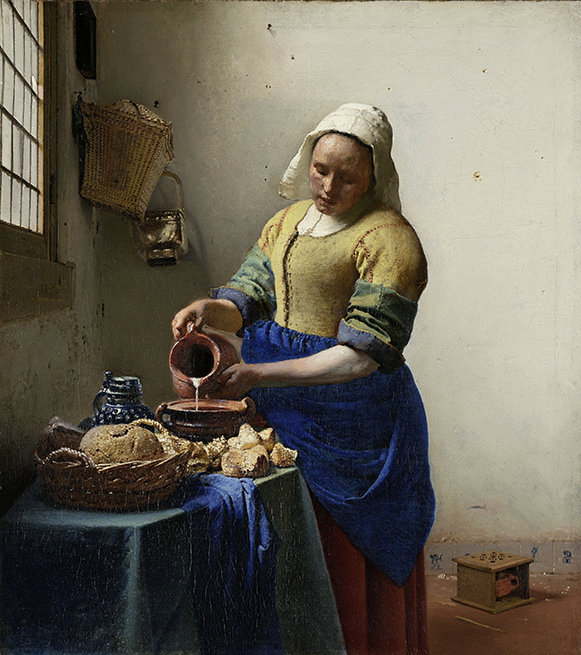
The maid concentratedly prepares a simple meal with bread and milk. She is shown when she pours milk into a bowl. As if we, as a spectator, witness an act that she has been carrying out for already 340 years. Do you see her blue apron? That is painted in the most expensive blue of the 17th century. In weight even more expensive than gold. It is made of Lapis-Lazuli, a semi-precious stone.
